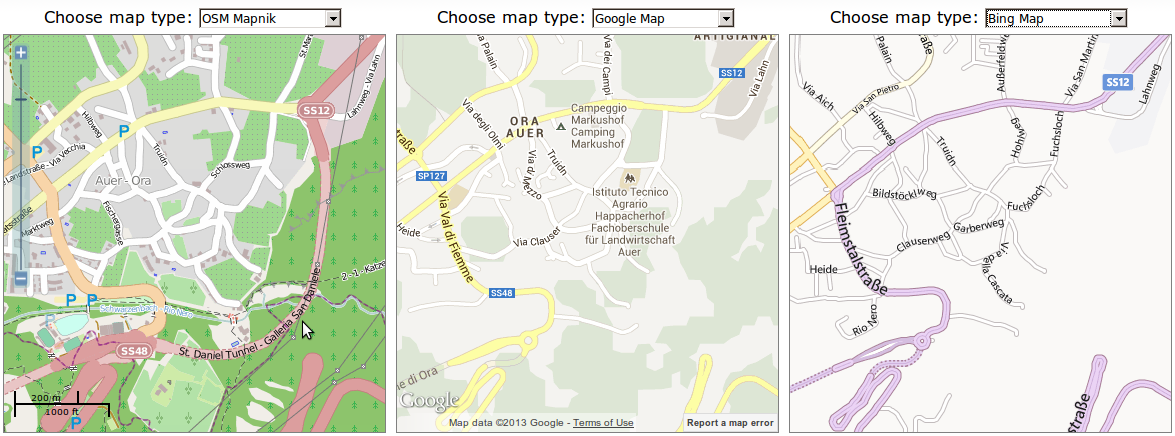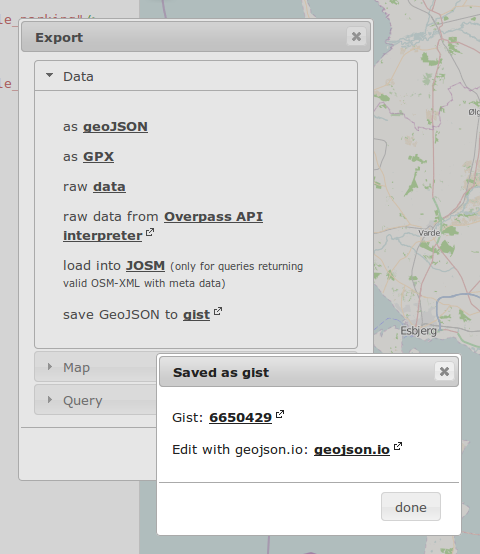Umfahrung Auer eröffnet – auch in OSM
Posted by tyr_asd on 28 September 2013 in German (Deutsch). Last updated on 23 April 2014.Gestern wurde der St. Daniel Tunnel der Umfahrung Auer eröffnet und heute ist er bereits in OpenStreetMap auf der Karte sichtbar und im Routenplaner (z.B. OSRM) nutzbar!
update:
Am 15. Oktober folgte das erste Teilstück der Nordwestumfahrung von Meran: Karte, Route




 (
(